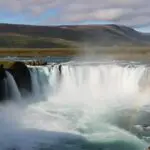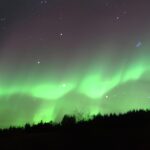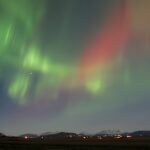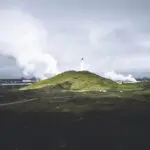As many people know, sheep have always been important in Iceland. Not only is the meat good, but the wool is also important. The fleece was spun into “vaðmál,” homespun cloth, which was Iceland’s main currency for centuries. One of the words for sheep is “fé,” and that’s synonymous with money.
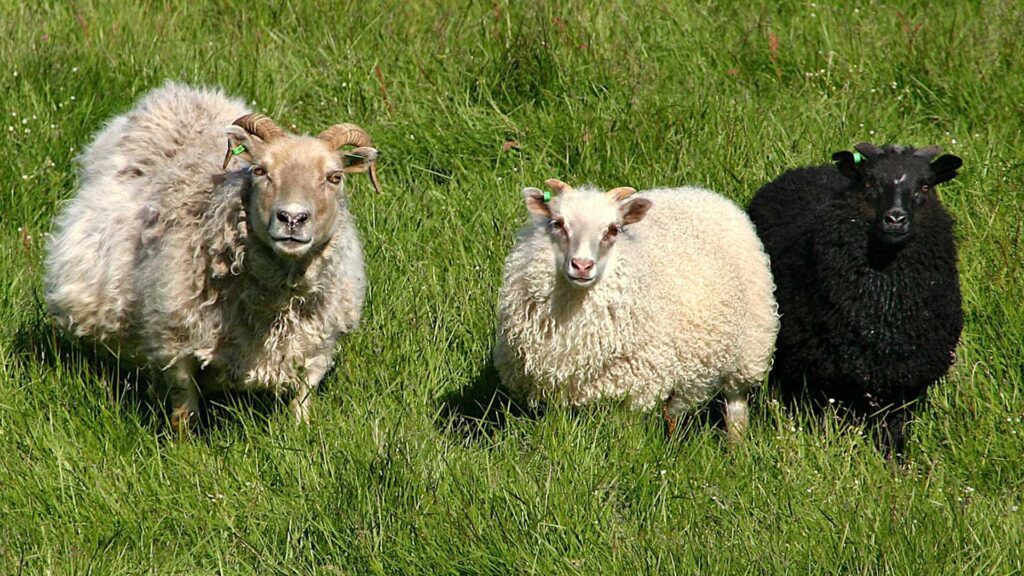
However, one of the most important work farmers do in the autumn is the rounding up of sheep. In the spring, sheep and their lambs are driven to pastures in the Icelandic wilderness. Then in September, they are rounded up. In Icelandic, this is called “réttir”; the sheep are gathered into sheepfolds and sorted into correct pens, depending on who owns them.
How does Réttir Work?
Depending on where you go to “réttir,” the length of the whole procedure varies. Today, réttir lasts for about two days, but it can stretch out for a few more days, depending on the weather. It is a lot of hard work, although in many cases easier than in the days of yore. Réttir starts in North Iceland and moves further south throughout September.
Most people use their own two feet and horses to round up the sheep, but using quadbikes and tractors can also be seen, but only where it is allowed. It is illegal to drive off-road in Iceland. The Icelandic Sheep Dog is, of course, important as well.
Fluffy Plump Sheep and Lambs
Seeing the plump sheep, after a summer of grazing, being herded into the pens (réttir) is a sight. Originally the pens were made from stone or turf. However, réttir made of steel is common today. The sheep often need human help to be sorted into the correct rétt, and people of all ages, even small children, participate.
At the end of the day, when most sheep and lambs have been sorted, it is time for celebration. Kleinur, coffee, and cakes are given, and people often start singing. On the last day of herding, there is often a great party. People are not only celebrating having done an excellent job but also that they will have enough food for winter.
Slaughtering Season
In the old Icelandic Calendar, gormánuður, which begins on Saturday, 21 – 27 October, is the slaughtering month. The first day of the month is also the First Day of Winter. You will get the best lamb meat at this time of year. It is also when people start making liver- and blood puddings and other food items from the sheep’s innards and svið (singed sheep head). This is all food which is traditionally eaten at þorrablót.
Can You Join Réttir?
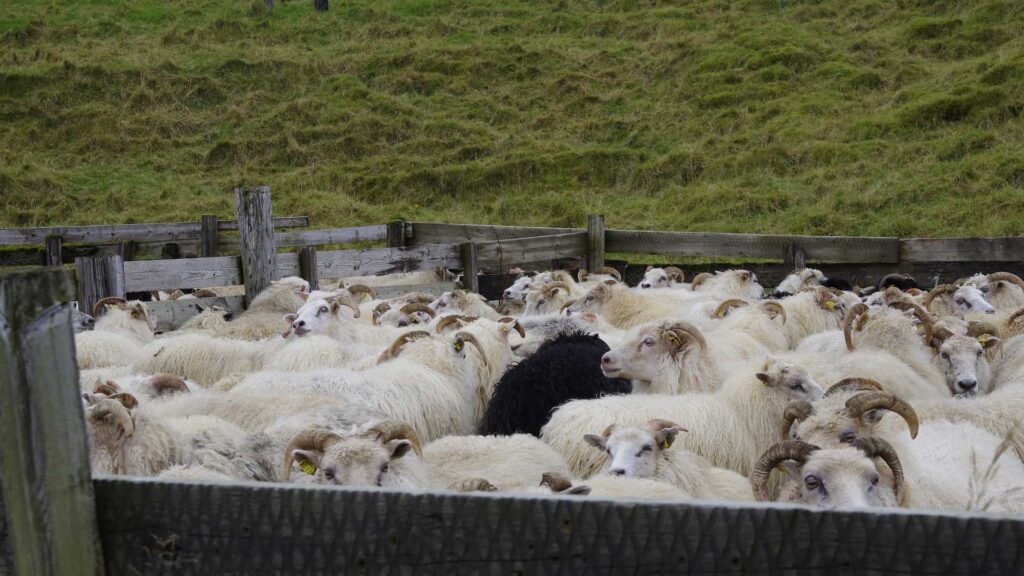
Yes! And if you are in Iceland in September, we highly recommend it. It is a fun mix of Icelandic tradition, controlled partying, and a window into Icelandic history.
Some tour companies offer trips to réttir for those who want to go horseback riding. But remember, this is work for farmers and their families, so be mindful of not hampering the action.
If you miss out on a sheep round-up, there is also a horse round-up. The Icelandic horse is kept outside all year round but in open stables during the winter. It’s only the riding horses that are kept inside during winter.


